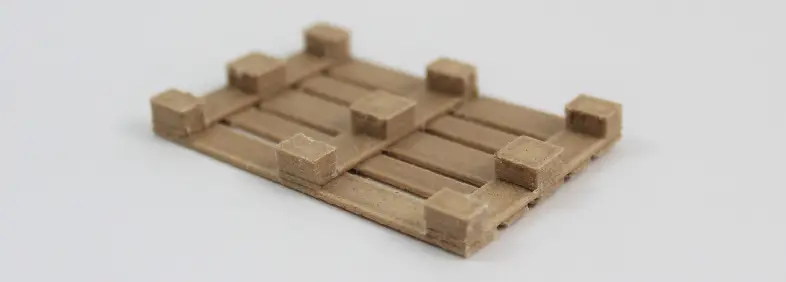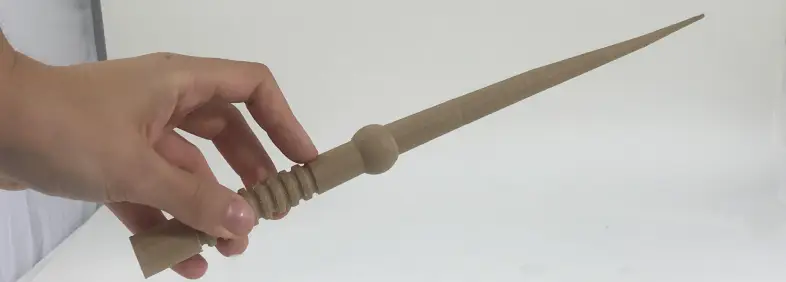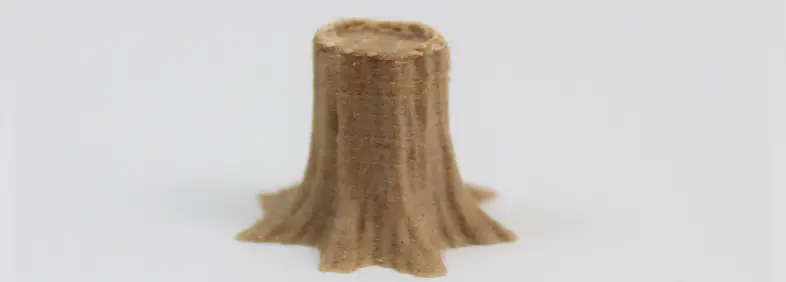No products in the basket.
Cart
3D Printing in Wood PLA
Wood PLA is a well-known material for its ability to mimic the look and texture of real wood. This blend of PLA with wood fibers is ideal for projects seeking a natural aesthetic finish, such as decoration, models, and artistic pieces. Being a PLA-based material, it allows post-processing, such as sanding, varnishing, or painting, to achieve pieces with a more authentic and personalized finish.
Although it is not as strong as other thermoplastics, its appearance and versatility make it an excellent choice for applications where design and aesthetics are more important than mechanical functionality or impact resistance.




ADVANTAGES OF WOOD PLA
When is the perfect material choice?
Wood-like finish, perfect for decoration, models, etc...
Biodegradable material, a more sustainable and eco-friendly option
Easy to post-process, allows sanding and painting for custom finishes
Good dimensional stability, ideal for prototypes and functional parts
DISADVANTAGES OF WOOD PLA
When to look for other material options
Lower mechanical strength compared to other materials
Más frágil y quebradizo que otros termoplásticos como ABS o PETG
Less economical than PLA or PETG
Higher risk of moisture absorption in humid environments
Available Colors

Wood
Technology used

FDM, or fused deposition modeling, is a manufacturing process used for prototyping and the production of small to medium runs. This modeling uses an additive function, depositing the material in layers to shape the part.
A filament is used that is initially stored in rolls, and is fed into a nozzle that is above the melting temperature of the material and can move in three axes controlled electronically. The nozzle moves to deposit the material in the correct location, drawing the model line by line. Once a layer is drawn, the base lowers by a layer thickness (0.1-0.4) so that the printer can continue with the next layer.
When the model to be printed has sections that protrude or have a steep angle, a support structure is created where necessary and is printed in a material that can later be easily removed, in some cases soluble. This is done to ensure that the model does not hang in the air, thus preventing the layer from falling.
Technical specifications
| Property | Value | Test Method |
|---|---|---|
| Density | 1,15 g/cm^3 | ISO 1183 |
| Tensile Strength | - MPa | ISO 527 |
| Flexural Strength | 64 MPa | ISO 178 |
| Tensile Strength | 47 MPa | ISO 527 |
| Elongation | 6,5 % | ISO 527 |
| Softening Temperature | 60 ºC | 0,45 MPa / ISO 75-A |